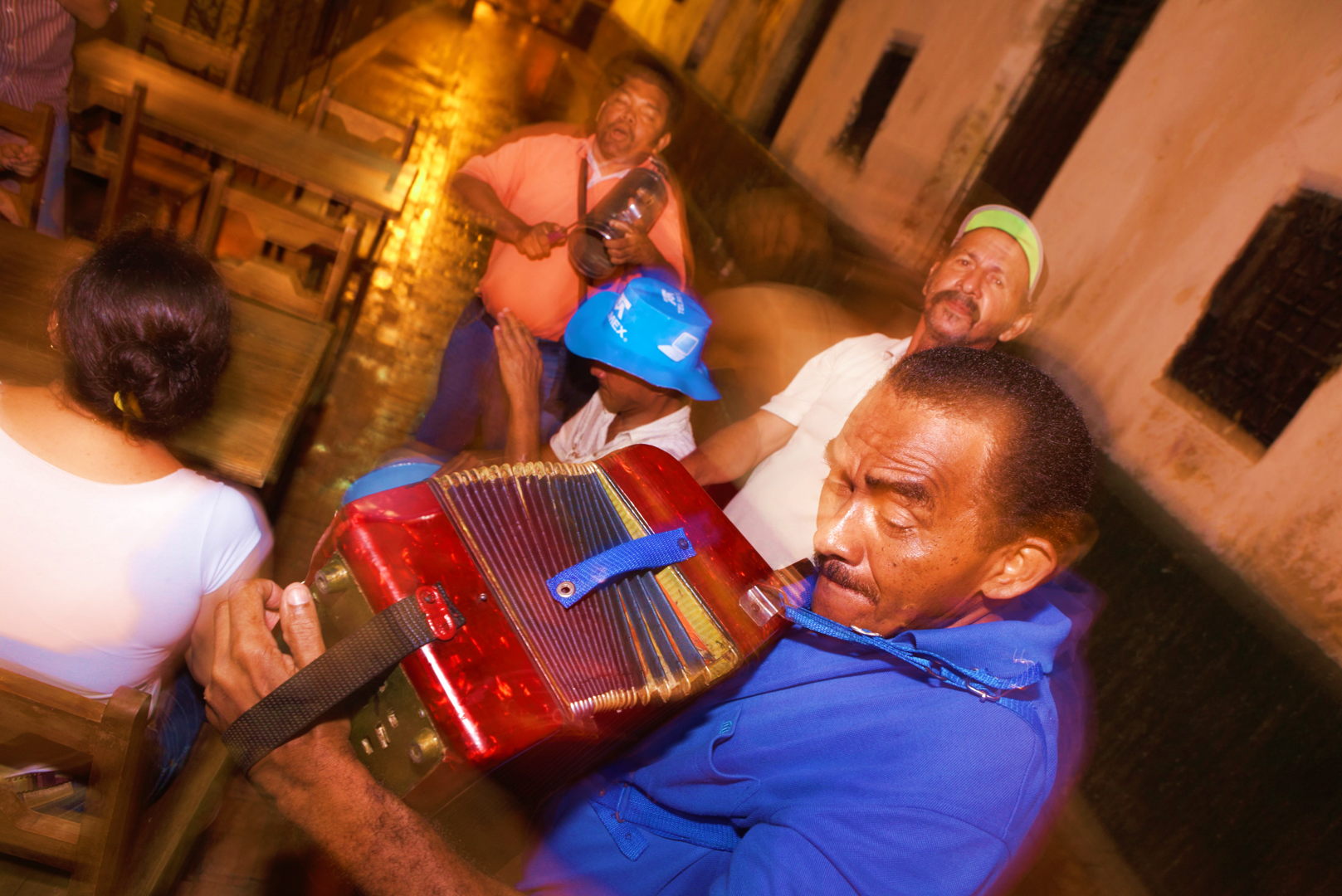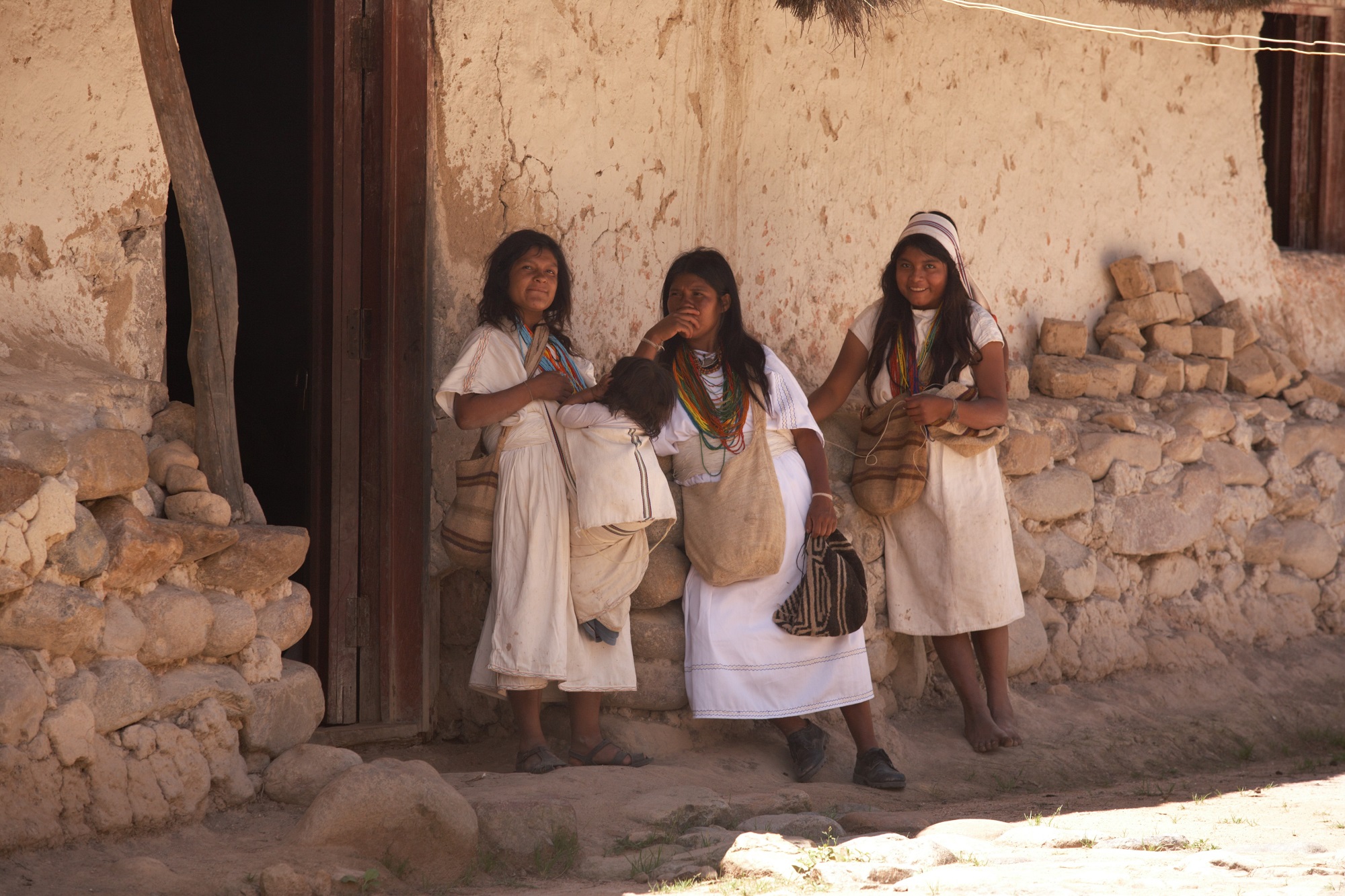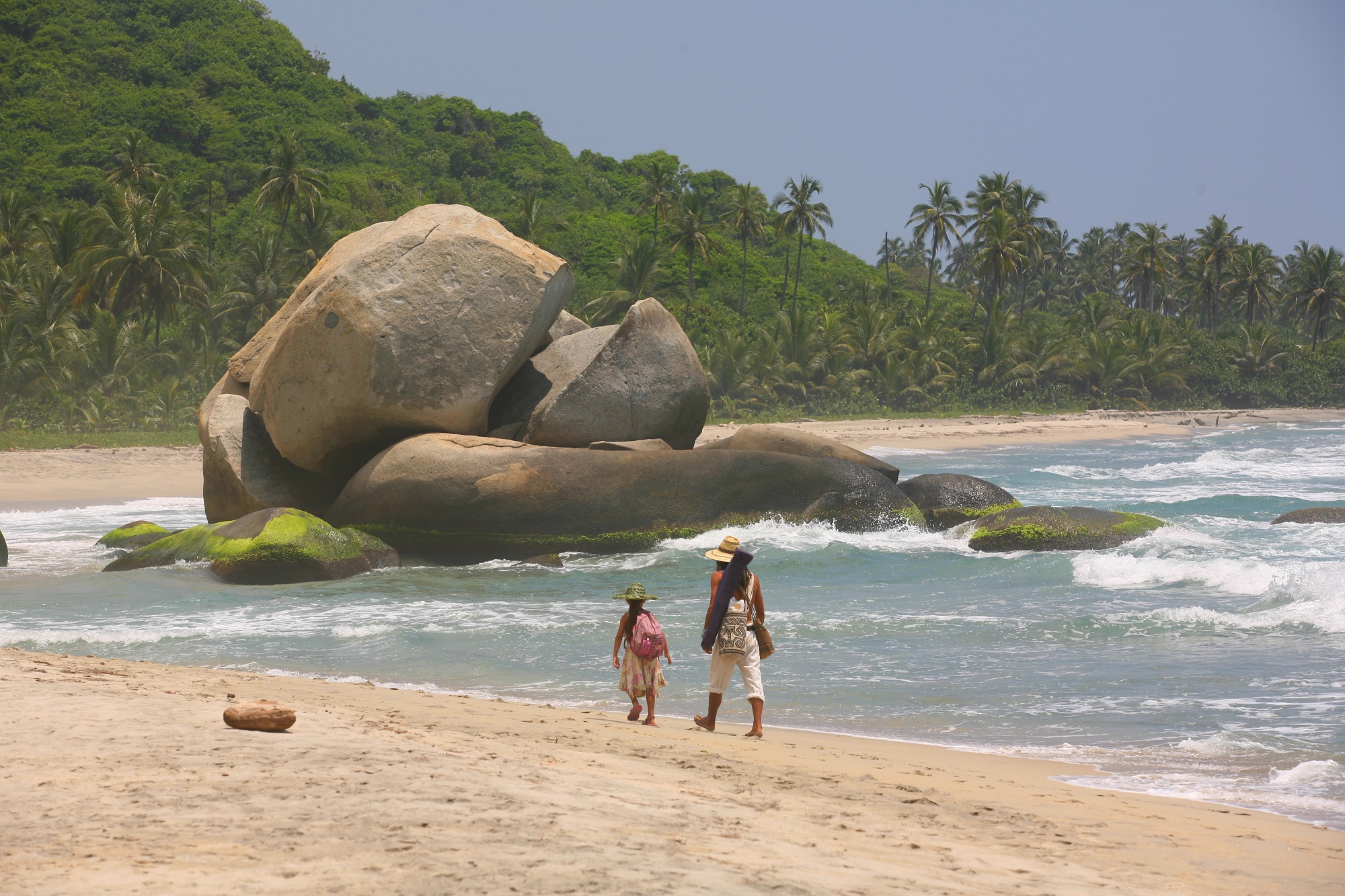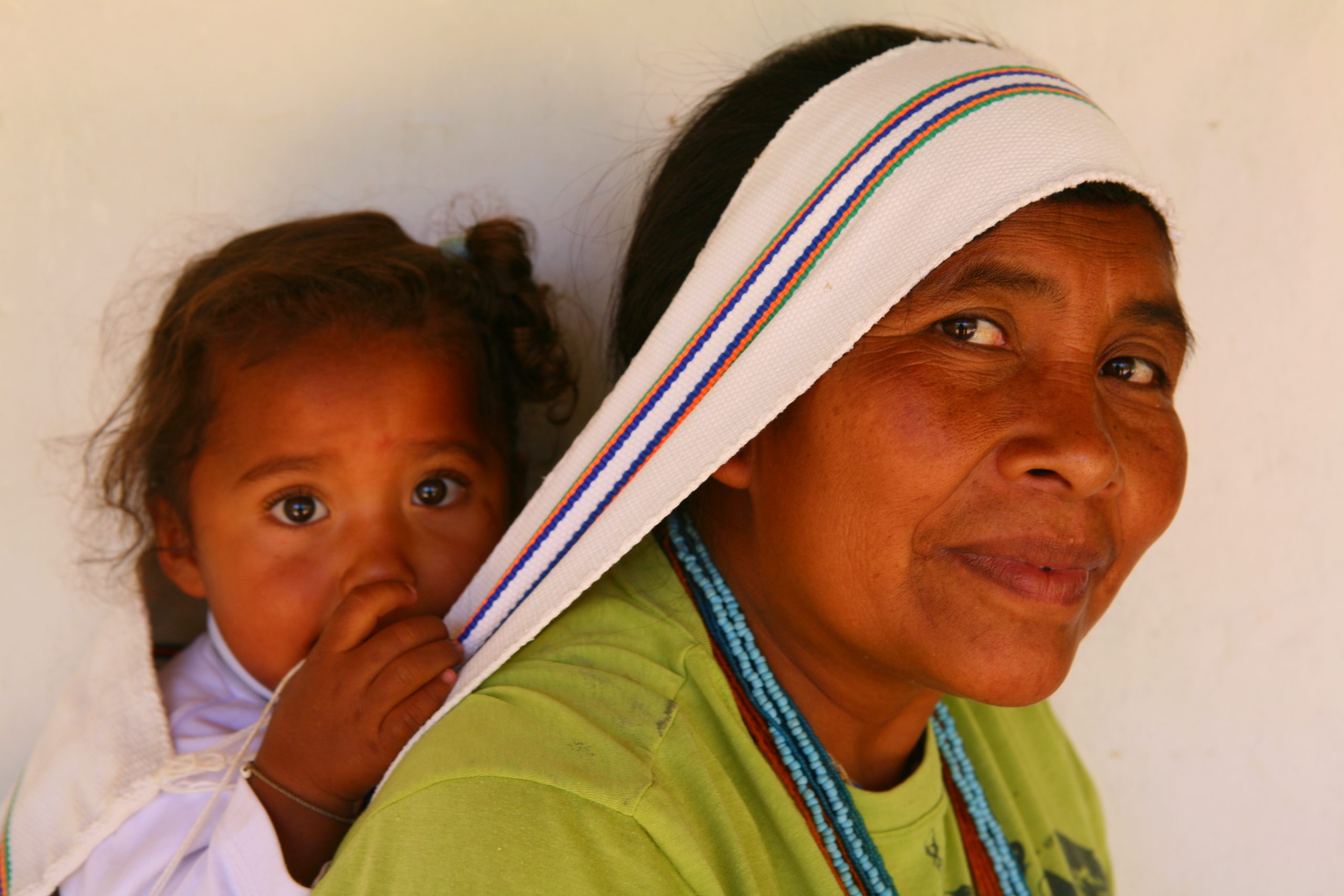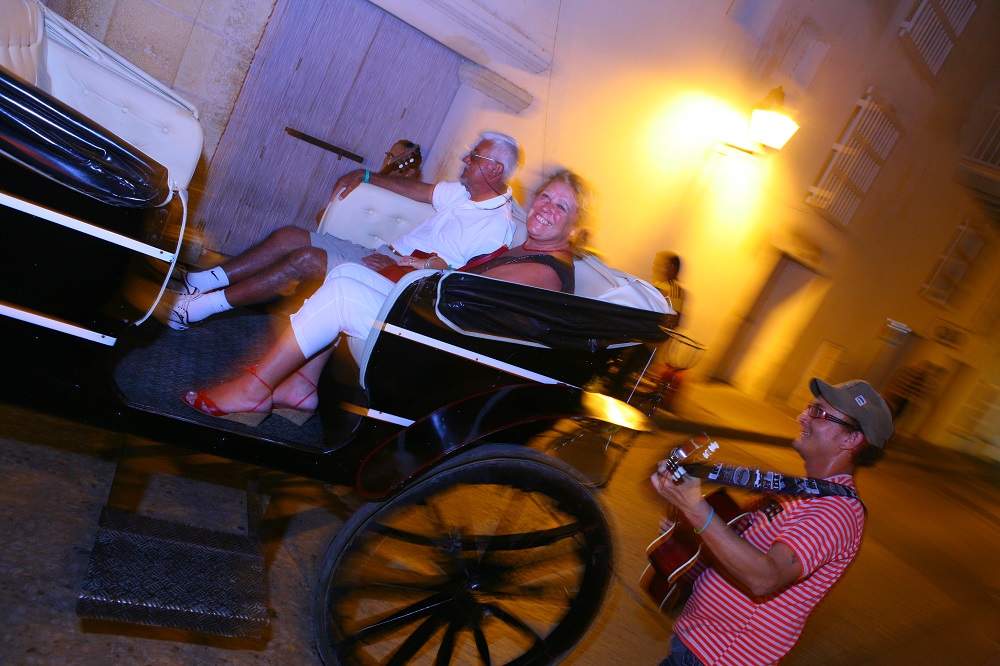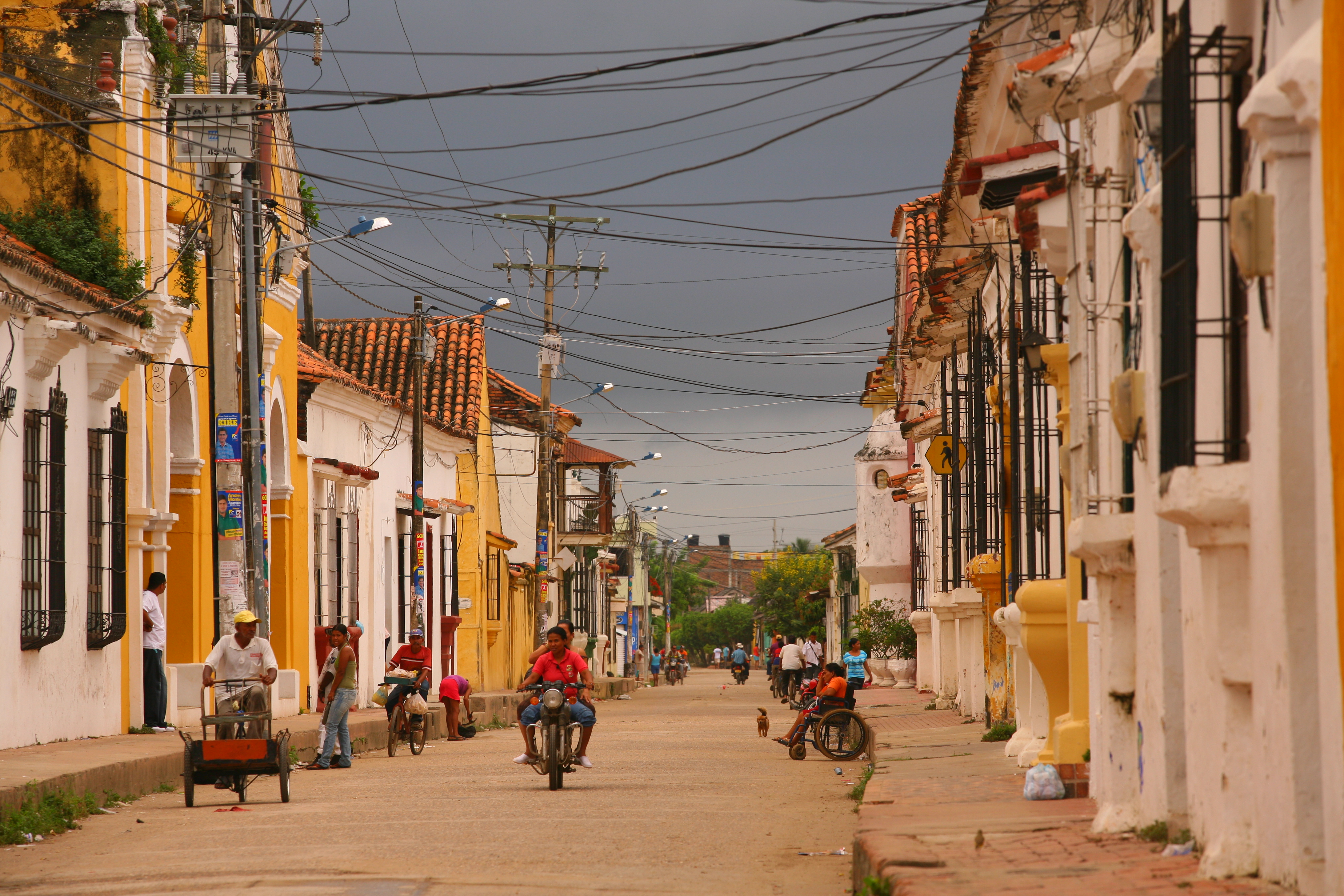JOIN FIVE-TIMES ‘TRAVEL PHOTOGRAPHER OF THE YEAR’ ROBERT HOLMES, ACCLAIMED PHOTOGRAPHER ANDRÉA JOHNSON, PLUS NATIONAL GEOGRAPHIC AUTHOR, PHOTOGRAPHER AND COLOMBIA EXPERT CHRISTOPHER P. BAKER ON A UNIQUE PHOTO TOUR OF COLOMBIA FOCUSED ON THE AFRO-CARIBBEAN & INDIGENOUS CULTURES OF NORTHERN COLOMBIA
![]() You will have the undivided attention of not just one but three award-winning photographers – an unprecedented ratio for such a small group. We have partnered with Christopher Baker, a longtime colleague and friend, and recommended by National Geographic as their go-to authority on Colombia travel and culture. Chris has traveled to Colombia dozens of times to research and photograph magazine articles and books, and as a tour leader for National Geographic Expeditions and other photo tours. We’ve also worked with him as our Cuba expert on our Lumaria Workshops tours in 2016, 2017, and 2022. Chris always designs superb itineraries and takes us to hidden off-the-beaten-track places that ensure an amazing experience.” – ROBERT HOLMES / LUMARIA WORKSHOPS
You will have the undivided attention of not just one but three award-winning photographers – an unprecedented ratio for such a small group. We have partnered with Christopher Baker, a longtime colleague and friend, and recommended by National Geographic as their go-to authority on Colombia travel and culture. Chris has traveled to Colombia dozens of times to research and photograph magazine articles and books, and as a tour leader for National Geographic Expeditions and other photo tours. We’ve also worked with him as our Cuba expert on our Lumaria Workshops tours in 2016, 2017, and 2022. Chris always designs superb itineraries and takes us to hidden off-the-beaten-track places that ensure an amazing experience.” – ROBERT HOLMES / LUMARIA WORKSHOPS
Colombia is well-known for its many indigenous groups—87 in total—comprising almost four percent of the population. Most live in isolated pockets of the Amazon, and/or in resguardos (autonomous reserves) inaccessible to visitation. However, the Caribbean zone has several distinct groups that are easy to encounter and photograph.
This one-of-a-kind itinerary will immerse you in the Wayúu culture of La Guajira desert, at the northernmost tip of South America. We’ll then journey into the foothills of the Sierra Nevada de Santa Marta to visit the autonomous lands of the Arhuaco/Kogi people (profiled in Christopher’s article for BBC Travel). Plus, we’ll visit Atanquez to photograph the Wiwa indigenous people during the Corpus Christi “Dance of the Devil’s” festivities.
Plus, in Cartagena and Barranquilla, we’ll explore the Afro-Caribbean culture, including photographing Cartagena’s famed palenqueras (fruit-sellers) and, in Barranquilla, the traditional mask-makers who supply many of the outrageous masks for Colombia’s world-class carnival. We also plan on photographing carnival dancers… as well as traditional filigree silversmiths in the landlocked time-warp city of Mompox… plus the fishers who occupy an out-of-the-way palafito (stilt-house) village in the midst of Colombia’s largest lagoon.
NOTE: Although this trip involves only moderate walking on the level in Cartagena and Mompox, plus short but steep cobbled streets in Atanquez, the weather throughout will be hot and humid. Please consider this when determining whether to reserve.
ITINERARY
Day 1, THURSDAY: ARRIVE CARTAGENA
Arrive Cartagena, with its fabulously preserved and restored colonial quarter still tucked behind fortified walls. The city was memorably portrayed by Nobel Prize-winning Colombia novelist Gabriel García Márquez as a place of “amethyst afternoons and nights of antic breezes.” We meet this evening for a welcome reception and dinner together at El Santísimo, one of the city’s best restaurants.
Overnight: HOTEL BOVEDA
Day 2, FRIDAY: CARTAGENA
This morning we'll explore the historic walled city, with its fabulous architecture and maze of narrow colonial streets teeming with colorful street life and horse-drawn carriages. The afternoon is free for a siesta and for exploring at leisure before a private "golden hour" photo shoot with palenqueras–Cartagena’s quintessential Afro-Caribbean fruit-basket women dressed in traditional rainbow-hued costumes in the style of Carmen Miranda. We’ll dine at another of Chris' favorite restaurants. In late evening... and perhaps even take time to photograph the floodlit city at night.
Overnight: HOTEL BOVEDA
Day 3, SATDAY: BARRANQUILLA – SANTA MARTA
This morning we journey to Barranquilla, the port city renowned for its February carnaval—second in size only to that or Rio de Janeiro. We’ll stop in the Galapa neighborhood on the city outskirts to visit some of the craft workshops that specialize in making hand-carved carnival masks. We’ll also have a private photo session with a carnival dance troupe before departing for Santa Marta, where we’ll overnight.
Overnight: CASA DE LEDA or CASA DE ISABELLA (or similar)
Day 4, SUNDAY: NUEVA VENECIA – SANTA MARTA
Today we journey the short distance to Ciénaga or the nearby fishing village of Tasajera, gateway to the vast Ciénaga Grande de Santa Marta wetlands and lagoon complex. Here we’ll take a fast boat trip across the lagoon to Nueva Venecia, a remarkable village of some 300 palofitos (wooden houses on stilts) rising from the lagoon. This fisher community offres sensational photography, in addition to the chance for tremendous birding (keep your fingers crossed for flamingos). We’ll linger as long as possible for the best late afternoon sunlight before returning to Santa Marta. The evening is free to dine at leisure.
Overnight: CASA DE LEDA or CASA DE ISABELLA (or similar)
Day 5, MONDAY: LA GUAJIRA
Today we continue east along the Caribbean shoreline via Riohacha to arrive in La Guajira--the vast cactus-studded desert home of the Wayúu indigenous peoples. Here we’ll visit the colorful crossroads market at Cuatro Caminos as well as Sainn Wayúu, or similar, ranchería (traditional reed-hut community), where we'll photograph such ceremonial dances as Yonna, performed by Wayúu women in colorful traditional garb. We continue a short distance to our lovely hotel.
Overnight: HOTEL WAYA GUAJIRA
Day 6, TUESDAY: LA GUAJIRA
Our freewheeling day today sees up venturing into the heart of the rugged desert, with stops at humble off-the-beaten-track rancherías that offer impromptu photo ops for slice-of-life environmental and portrait photography. Eventually we'll arrive at Cabo de la Vela--a ramshackle beach resort and windsurf center whose white sands are lined with humble ranchería restaurants and hostels. This is as good a place as any for photographing Wayúu women slumbering in hammocks, with their faces blackened to guard against wrinkles during a lifetime spent under a searing sun. We should also be able to photograph such experts as María Concepción Espina weaving colorful mochilas (bags) and chinchorros (hammocks), .
Overnight: HOTEL WAYA GUAJIRA
Day 7, WEDNESDAY –VALLEDUPAR
A relatively short journey today delivers us to Valledupar, the regional capital. One of Colombia's quintessential musical forms is vallenato, which comes from this region. This afternoon, we’ll photograph artisans making and playing traditional accordions--the mainstay of Colombia’s vallenato music--at Mileto Acordeones workshop and Casa Breto Murgas (Museo de Acordeones).
Overnight: HOTEL SONESTA OR HAMPTON BY HILTON VALLEDUPAR
Day 8, THURSDAY – ATANQUEZ “FESTIVAL OF CORPUS CHRISTI”
We'll want to make an early start this morning to arrive the small mountain community of Atanquez for the Corpus Christi festival. The community mostly comprises indigenous Kankuamos (or Wiwa), relatives of the Arhuaco and Kogi, who celebrate this day by donning colorful costumes and performing the “Dance of the Devils” and similarly photogenic processions through the cobbled streets. The festival reflects a syncretic mix of indigenous paganism, African animism, and Catholic beliefs. With luck, we'll thrill to an exclusive portraiture session with Danza de Negros del Corpus Christi dance troupe. We then journey the short distance to Pueblo Bello, a community with a large population of Arhuaco indigenous people, at the base of the Sierra Nevada de Santa Marta--the world’s tallest free-standing coastal mountain range. The range is sacred to the local Arahuaco and Kogi indigenous people who live here. Instantly recognizable by their remarkable dress of hand-woven white robes and hats, they are truly photogenic. They follow a traditional lifestyle based on a unique cosmovision and self-perception as guardians of Mother Earth. We hope to spend the night in the small town of Pueblo Bello, and to visit with such mamos (tribal leaders) as Luis Guillermo Izquierdo--an opportunity to photograph such traditional activities as weaving fique fiber, and the imbibing of coca and lime.
Overnight: CENTRO DE INTERPRETACIÓN DE LA CULTURAL ARHUACA, PUEBLO BELLO
DAY 9, FRIDAY – PUEBLO BELLO & NABUSIMAKE
In 2010, Chris was granted rare access to venture by 4WD into the resuargo (autonomous indigenous territory) and photograph within the sacred village of Nabusimake at a time when "foreigners" were rarely granted such permission. Today access is somewhat easier. We hope to spend a full day visiting this remote mountain village and spiritual center of the Arhuaco people, with its thatched bahareque (wattle and daub) houses and cobbled alleys enclosed by a stone wall. We’ll return to Pueblo Bello for overnight.
Overnight: CENTRO DE INTERPRETACIÓN DE LA CULTURAL ARHUACA, PUEBLO BELLO
DAY 10, SATURDAY – MOMPOX
Today journey south arrive at the once landlocked and formerly thriving bayou port town of Santa Cruz de Mompox, founded in 1537. The clock seems to have stopped a century or more ago in this sleepy place, which fell into desuetude in the late 19th century. Today a UNESCO World Heritage City, it's a photographer's dream with its quixotic charm. Those of you familiar with the 'magic realist' novels of Gabriel García Márquez may feel a sense of déjà-vu with good reason: he spent much of his youth here and used Mompox as a model for the fictional riverside town of “Macondo” in his landmark 1967 novel, One Hundred Years Of Solitude.
Overnight: BIOMA BOUTIQUE HOTEL or CASA AMARILLA
DAY 11, SUNDAY MOMPOX
Up early today for dawn photography on the riverside, with its fish market. After breakfast, we'll explore the silversmiths, goldsmiths and ironsmiths’ workshops for which the town is famous: Mompox claims almost 200 filigree artists. We hope to photograph such maestros as Alejandro Villa Real and Daniel Alfonso Garrido at work crafting fine filigree jewelry. Colombia's most important national event is the annual Concurso Nacional de Belleza (Miss Colombia pageant), held every November in Cartagena. A tradition s for the winner to be gifted and photographed wearing Mompox jewelry. Perhaps we'll find our own “Miss Mompox” or another local beauty queen to photograph!
Overnight: BIOMA BOUTIQUE HOTEL or CASA AMARILLA
DAY 12, MONDAY MOMPOX
We cross the mighty Río Magdalena to return to Cartagena, arriving in time for lunch. The afternoon is at leisure for you to relax and/or explore this magnificent Caribbean city at leisure.
Overnight: HOTEL BOVEDA, CARTAGENA
Day 13, TUESDAY – CARTAGENA
This morning we’ll venture beyond the colonial city walls to explore the untouristed and earthy Bazurto open-air fruit, meat and fish market. Market photography doesn’t get any better! We’ll then take a short walking tour of Getsemani—a historic district that has recently been gentrified and is adorned with street art. The afternoon is at your leisure. This evening we’ll enjoy a slide show of everyone’s favorite images, then savor a farewell dinner alfresco at Club de Pesca, in a former fortress overlooking the harbor.
Overnight: HOTEL BOVEDA
Day 14, WEDNESDAY – DEPART
This morning we’ll transfer participants to the airport to connect with their flights home.
Trip cost: $TBD
Single supplement: $TBD

Highlights
- A rare opportunity to visit the sacred village of Nabusimake to photograph the Aruhuaco indigenous people in the remote Sierra Nevada de Santa Marta
- Photograph the Wayuu culture of La Guajira desert
- Witness the colorful Corpus Christi festival in the indigenous hamlet of Atanquez, including the "Dance of the Devils"
- Private street portraiture with Cartagena's colorfully-adorned Afro-Caribbean palenqueras
Tour Leaders
ANDRÉA JOHNSON
After earning a B.A of Fine Arts in communication with a concentration in film, art, and journalism from Northwestern University, Andréa began her career as a photography producer for Nike, and in-house at several adventure sports and travel magazines, including Oregon Outdoors. She has since established herself as one of the world’s leading photographers specializing in the wine, agriculture, and adventure travel industries. Andréa has photographed four books, and regularly works on assignment for Wine Spectator, among other leading publications. She has received the prestigious Gold Award by the Society of American Travel Writers (2008, 2014, 2017) three times for photo essays in Vietnam, Canada, and Cuba.
CHRISTOPHER P. BAKER
National Geographic author, photographer, and Colombia expert Christopher P. Baker–the Lowell Thomas Award 2008 ‘Travel Journalist of the Year.’ Chris has written and illustrated some 30 travel books, including the National Geographic Traveler Colombia guidebook, for which he spent five months exploring Colombia tip to toe. He has written self-illustrated feature articles for more than 200 publications worldwide, from BBC Travel, CNN Travel, and Elle to National Geographic, New York Magazine, and Playboy . He frequently speaks about Colombia on behalf of the Colombia Tourist Board, and has led numerous photo tours of Colombia for Jim Cline Photo Tours and National Geographic Expeditions.


